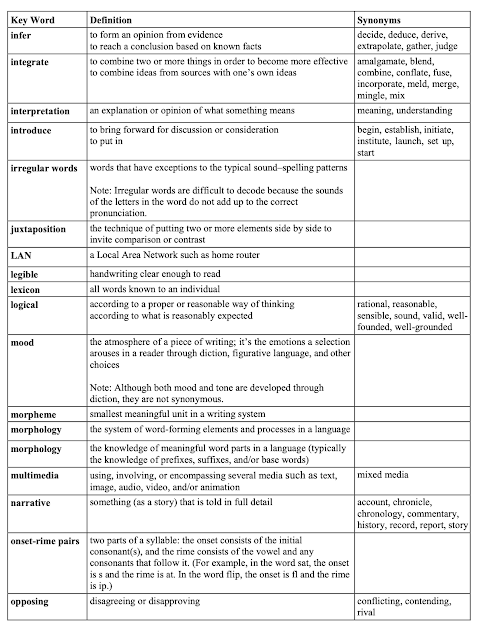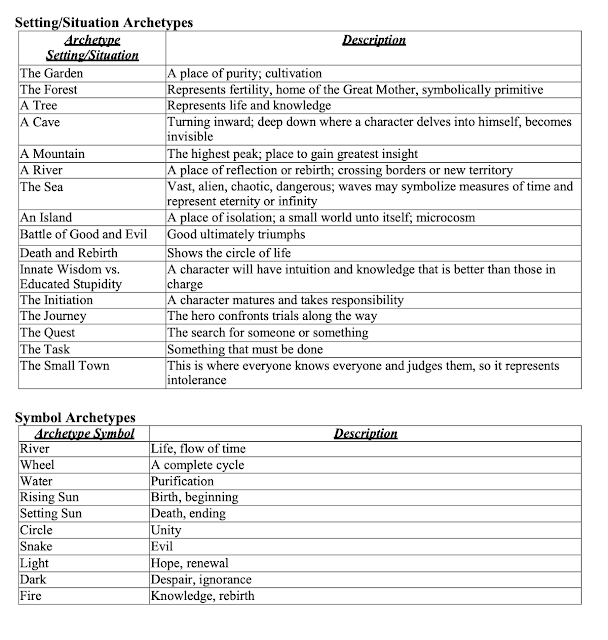"A Rose for Emily" Activity
For sections II, III, and IV, pay attention to characterization, theme(s), imagery, symbolism, conflict, dialogue, character motivation, point of view, setting, mood, Gothic and Grotesque features, and cultural mores (the accepted traditions, customs, morals, manners, and ways of a particular group). Be able to explain how these features add to the story and reinforce other literary elements of the text.
Also, create questions and answers specific to those sections of the text.
Be ready to cite your examples and explain them during class discussion tomorrow.






































